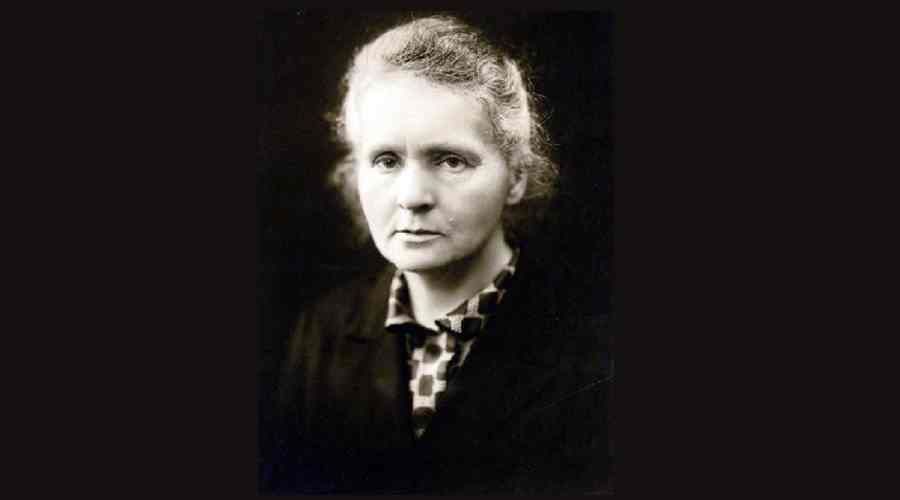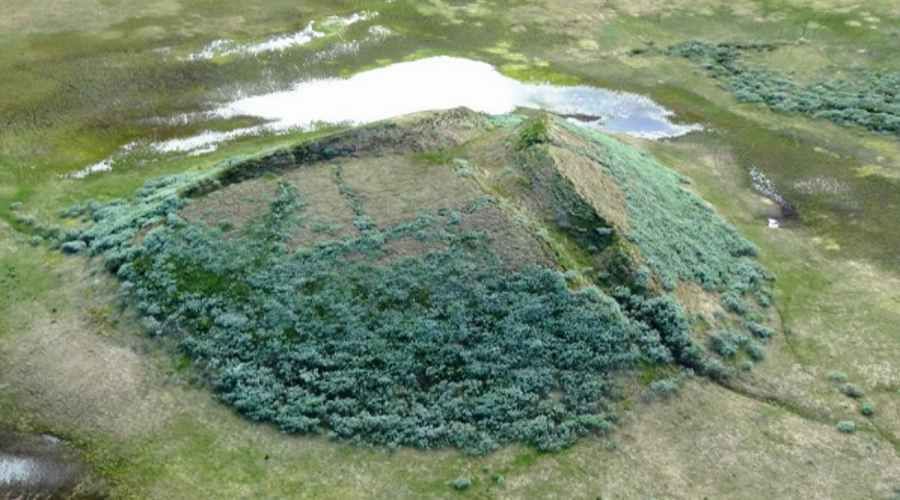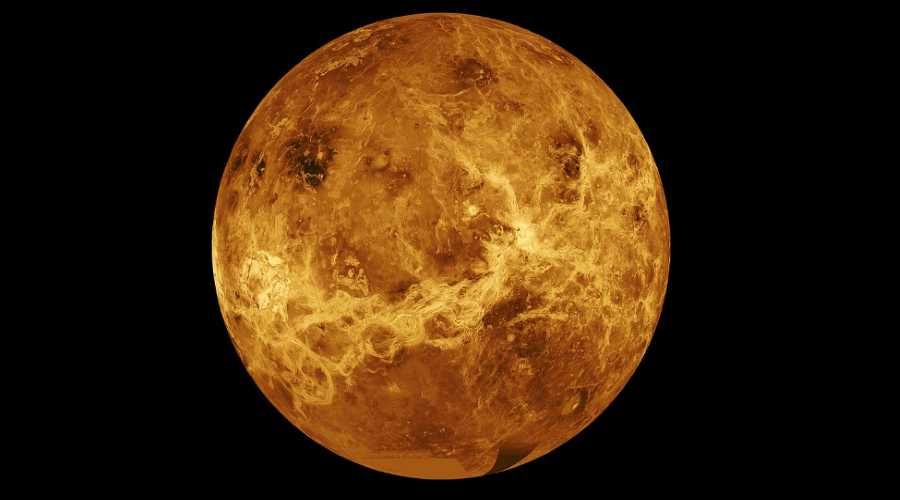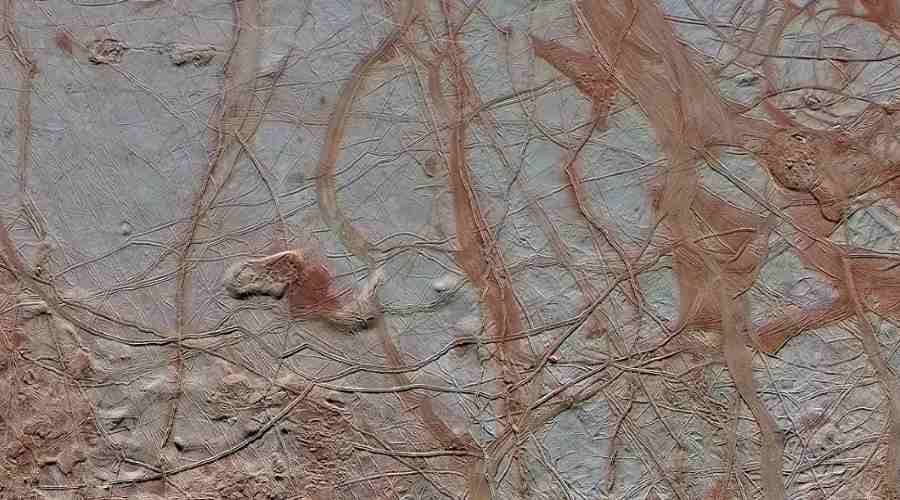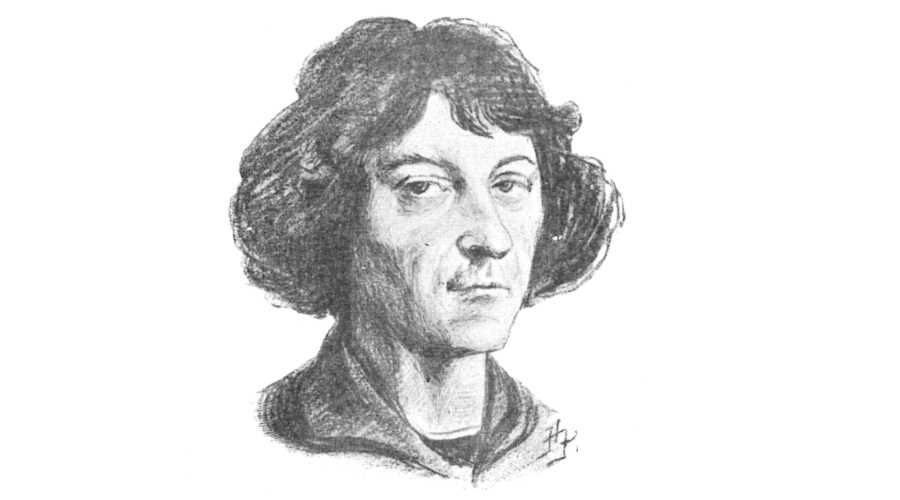Maria Skłodowska-Curie – a film about the life of the Nobel laureate is being released
Marie Salomea Sklodowska-Curie, unparalleled heroine of science, the first woman in France with the title of professor, two-time Nobel laureate and mother of a Nobel laureate. Both of her sons-in-law won the Nobel Prize, and her grandchildren became scientists. A film about her life enters theaters Friday.
The fate of world science could have turned out very differently
This, among other things, wspólne interests led Maria to marry Peter Curie (although she had previously thought that as a patriot she should marry a Pole). Together they discovered radiant elementsórcze – polonium and radium, they also invented the very term "radiationórczośc". In 1903. Together with her husband and Henri Becquerel, Skłodowska-Curie became a wyróAwarded a Nobel Prize in physics for her research on radioactivityórency, and in 1911 – the Nobel Prize in chemistry – for her research on the properties of polonium and radium and methods of obtaining these elementsów, especially metallic radium. Sklodowska was a pioneer of a new branch of chemistry – radiochemistry and cancer treatmentów radiation.
According to Eve Curie in the biography she wrote "Madame Curie", her mother often told journalists that – when dealing with science – they should be less interested in people and more in facts (in another version – ideas). However, people often prefer information about people to scientific factów. What kind of person Maria Skłodowska actually was?
She learned to read at the age of four. When she went to school, she, like her classmates, spit on the obelisk in honor of Polakóin fighting in the January Uprising on the side of the Tsar (this monument stood on Saski Square in Warsaw). "Passing by the obelisk, they never forgot to spit on it with contempt" – writes córka Maria Ewa Curie in a biographical book about her mother. In her youth she liked to play tricks – including something as complicated as nailing all her friend’s furniture to the ceiling (mentioned by Waclaw Golembowicz in his book "Scientists in an anecdote).
In 1886-90, she was a governess at the Szczuki estate (present-day Voivodship ofództwo Mazowieckie), in Mr. and Mrs. Zórawski. She illegally taught inóat the time peasant children of writing and reading. She fell in reciprocal love with her son ¯óRawlsian mathematics student Casimir, future rector of the Jagiellonian University. Had it not been opór his family, the fate of world science could have turned out quite differently. Finally, Maria was also interested in mathematics.
Destroyer of domestic happiness
In Sklodowska’s time at the Sorbonne’s science faculty of more than 1,800 studentsóin only 23 were women. Studying physics and mathematics there, Skłodowska lived in a cold attic and ate so little that she sometimes fainted from hunger and exhaustion. She did, however, find the strength to be active in a patriotic youth organization (coóhe m.in. also with future President Stanislaw Wojciechowski). Many years póLater, during the ceremonial laying of the cornerstone for the Radium Institute in Warsaw, the president reminded her that when he was away on a secret political mission, she lent him a pillow. and she countered that the pillows still did not zwrósaw.
She did not always dress traditionally. When in 1895, together with Peter Curie, she went on a podróhoneymoon on bicycles – she did not wear a long dress, which was considered inóat the time for extravagance. In 1899, she and her husband climbed Rysy (2499 metersóin above sea level) – a major feat at a time when there was no trail yetóIn tourist.
A few years after her husband’s death (in 1906), she befriended Albert Einstein (whoórgo, by the way, she recommended when he was vying for a professorship at Zurich Polytechnic). In 1910-1911, however, she had an affair with her husband’s former student, the married Paul Langevin. Some of the press portrayed her as a destroyer of domestic happiness. ÓEarly public opinion was outraged at the "foreigner". In defense of her good name, newspaper editors challenged each other to sword duels, and Paul Langevin himself challenged the editor-in-chief to a duel "L’Oeuvre". Albert Einstein then wrote a letter of support: "If the mob continues to attack you, just stop reading this nonsense". Over time, she regained a good reputation, something few women have managed to do.
In 1913, she hiked with Einstein in the Alps, and in 1920, he invited her to join him on a climbingósailing on Lake Geneva. "Mrs. Curie is – Of all the people in the world – the only person not spoiled by fame" – had to say about her.
Holy for followers of theów kaodaism
During World War I, Maria organized an X-ray service, whichóra helped hundreds of thousands of wounded soldiers, and saved many of their lives. By móc drive an ambulance carrying equipment for field x-rays, she was one of the first women to make a driver’s license. She was even in advanced positions at Verdun. Along with her rode an older córka, Irena.
Sklodowska died on July 4, 1934 at the Sancellemoz sanatorium in Passy, France, from aplastic anemia, a disease caused by radiation. Experts believe that more than working with radiotw materialsórs to her untimely death at the age of 66 – she was harmed by the thousands of x-rays she took during World War I using primitive equipment.
In 1995. The ashes of Marie and her husband rest in the Paris Pantheon. The coffin is made of lead – m.in. because her body still radiates. Also her personal belongings and notes are contaminated with radium 226, whichówhose half-life is 1,600 years.
Although after the death of her mother, who was ill with tuberculosis, Maria Sklodowska (had inóat the age of 11) has become agnostic, she is also. saint, at least for followers of theóIn kaodaism (Cao Dai) – Vietnamese monotheistic religion established in the 20th century. In addition to Buddha, Christ, Confucius, Victor Hugo, Napoleon Bonaparte, Pasteur, and the. Charlie Chaplin and Lenin was counted among the Great Inspirers, bringing intellectual or spiritual power to the world. Also, the Nichiren Daishonin variety of Buddhism recognizes her as an exemplar of theór to follow for girls and women, especially when it comes to studying. Buddhists quote her words from a letter written in her youth to a friend: "I will never be defeated by anyone or anything" and appreciate for their strength of character, constant developmentój and courage.
Patron of the streets and pop culture heroine
Maria Skłodowska-Curie is not only the patron saint of streets, organizations, szkół and universityóin, but also the heroine of countless skits and memesów, testifying to her enduring popularity in mass culture ("You know a good chemistry joke? Yes, but I fear the reaction", "Thank you, Mrs. Sklodowska, the cake was delicious! – Chemistry itself!", "Maria Skłodowska-Curie is not satisfied with the resultóin your exam", or "Men can also create science").
Film "Maria Skłodowska-Curie" comes to cinema screens on Friday, March 3. It depicts the life of the Nobel Prize winner from the time of her first award, through the tragic death of her husband; próto win positions at the male-dominated Sorbonne and French Academy of Sciences; romance – and the awarding of a second prize.
